Japan: 2025 Business Aviation Destination Guide
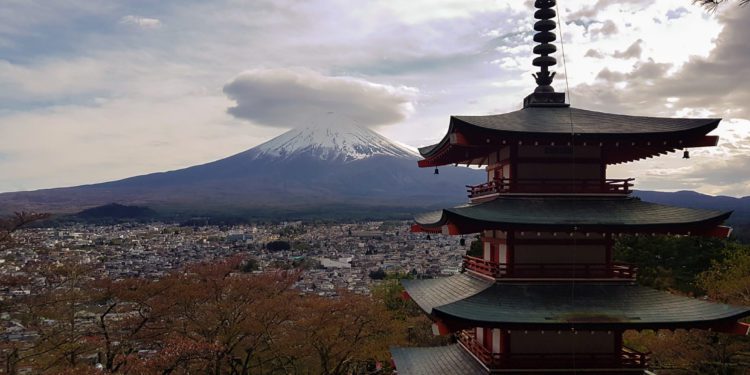
For more information on Japan, visit our destination guides:
Japan is, and always has been, a popular tech and destination stop location for general aviation (GA). While GA access, particularly to the Tokyo area, is much improved over what it was 15 years ago, there are still issues to consider in terms of airport hours, overtime options, parking availability, and maximizing the success of the ground handling experience.
The following is an overview of what you need to know:
Airports
Tokyo area airports
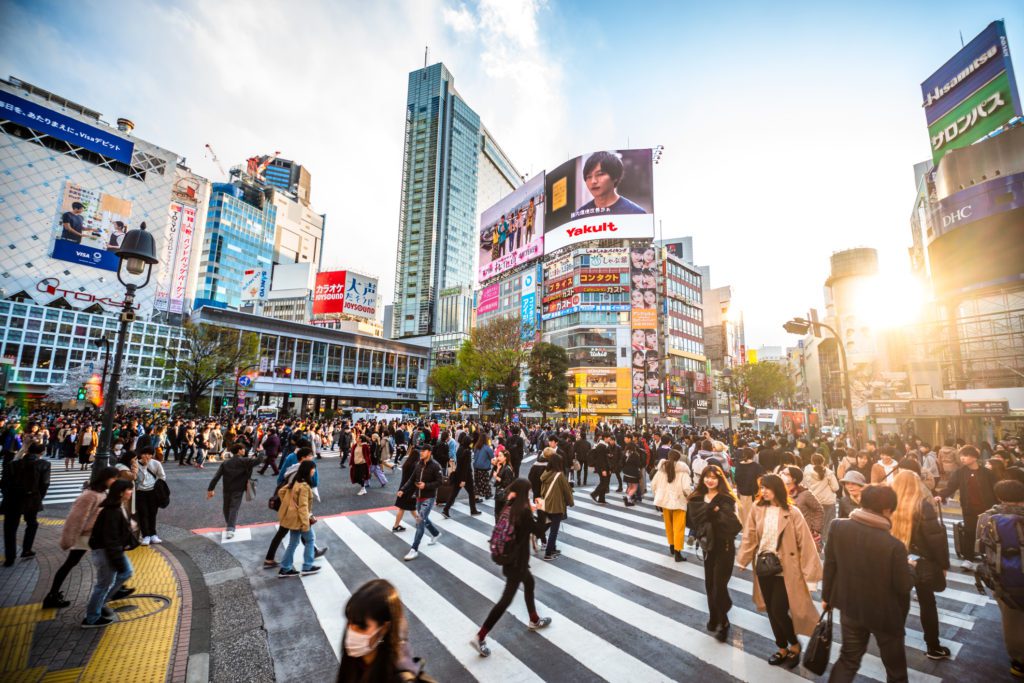
Tokyo is the primary destination for most international biz av flights to Japan. Tokyo is served by two airports – Haneda (RJTT) and Narita (RJAA) – and both have their pros and cons from the general aviation (GA) operating perspective. The good news is that both locations offer easier GA access and less onerous lead time requirements than was the case just a few years ago. RJTT is available to GA 24 hours, while RJAA allows operations only 0600- 2359Local (Prior registration required for land/take-off in 2300~2359 local). Although slots can be a little more challenging to obtain for RJTT, they can, in many cases, be set up with 24-48 hours’ notice.
For more information on operating to Tokyo, visit our Tokyo Business Aviation Destination Guide.
Other popular AOEs
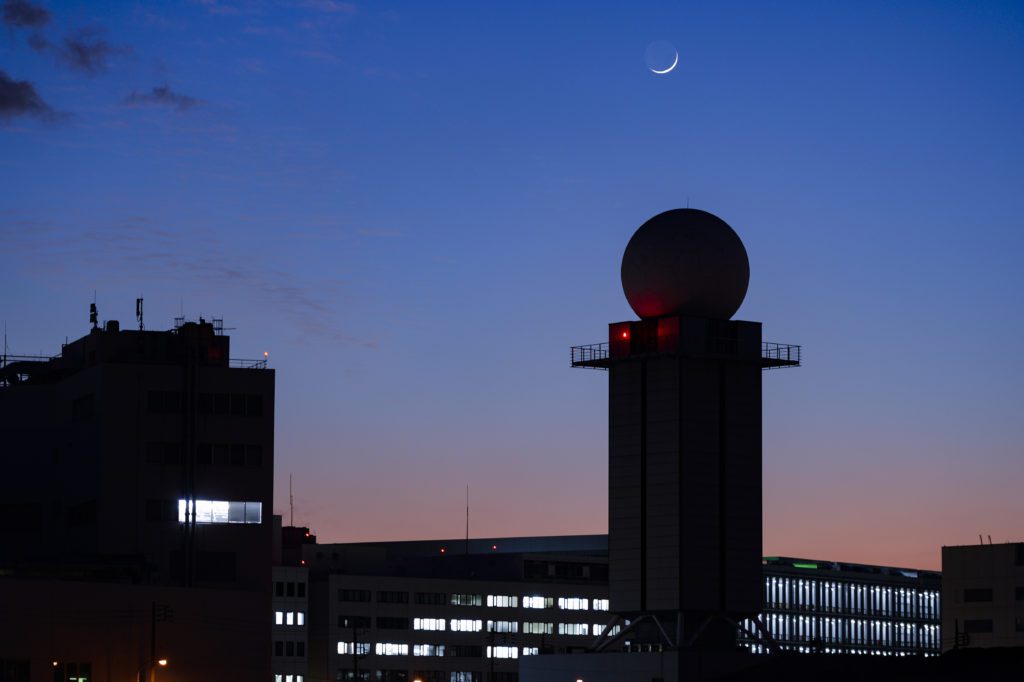
Outside of Tokyo, popular airports of entry (AOEs) include Sapporo (RJCC), Sendai (RJSS), Nagoya (RJGG), Osaka (RJBB), Fukuoka (RJFF), Kitakyushu (RJFR), Kagoshima (RJFK), and Naha (ROAH). Complete GA support services are available at all locations, but airport and customs, immigration and quarantine (CIQ) clearance hours should always be confirmed in advance.
Non-AOEs used by GA
Nagoya (RJNA) and Kobe (RJBE) are generally not AOEs, but CIQ clearance can be requested with prior notice. Airport operating hours of Nagoya (RJNA) is 0700-2200 local and Kobe (RJBE) is 0700-2300 local. RJBE has a full-service fixed-base operator (FBO), while GA support at RJNA is provided out of the main terminal. Some locations may require extended notice for CIQ arrangements. For example, RJBE mandates 14 business days advance notification in order to have CIQ available.
Airport slots
Slots are required for every major airport in Japan. Besides Narita (RJAA) and Haneda (RJTT), where airport slots should be requested as early as possible, slots are generally not difficult to obtain. GA slot availability of RJTT is defined as 16 times per day but may be flexible depending on factors such as total traffic volume and parking availability.
Permits
Overflight permits are only required for general aviation (GA) aircraft registered to non-ICAO states, and the lead time for these permits is 10 business days. Landing permits are not needed for private non-revenue operations but are always required for charter (non-scheduled commercial) aircraft. The suggested lead time for a charter permit is three business days and 24 hours for business urgency.
Charter Permits
Documentation and information needed for a charter permit request include:
- registration and airworthiness certificates
- worldwide insurance certificate
- charter contract between operator and the customer
- aircraft operator certificate (AOC)
- noise certificate
- complete passenger information – passport details including date of birth (DOB), nationality, and gender
- Any documents that certify that the aircraft is TCAS/ACAS equipped
- licenses and medicals for all pilots operating into Japan
- power of attorney to allow your provider to request the permit
Note that a separate application is required if you’re operating domestic charter flights within Japan. Lead times for urgent business purpose flights are 24hours when operating with passengers and three business days for ferry flights.
Cabotage
Cabotage regulations limit charter operators’ ability to pick up and transport Japanese nationals on domestic flight legs. However, operators may fly domestic legs with passengers who’ve arrived into Japan onboard the aircraft or will depart internationally with the same aircraft. A list of passengers traveling on domestic charter legs, along with their titles and positions in the company, should be noted in the charter agreement. For more information on charter landing permits and cabotage, please see our article titled “Japan Flight Permit Changes – Improvements for Business Aviation.”
Japan CIQ and Immigration Requirements
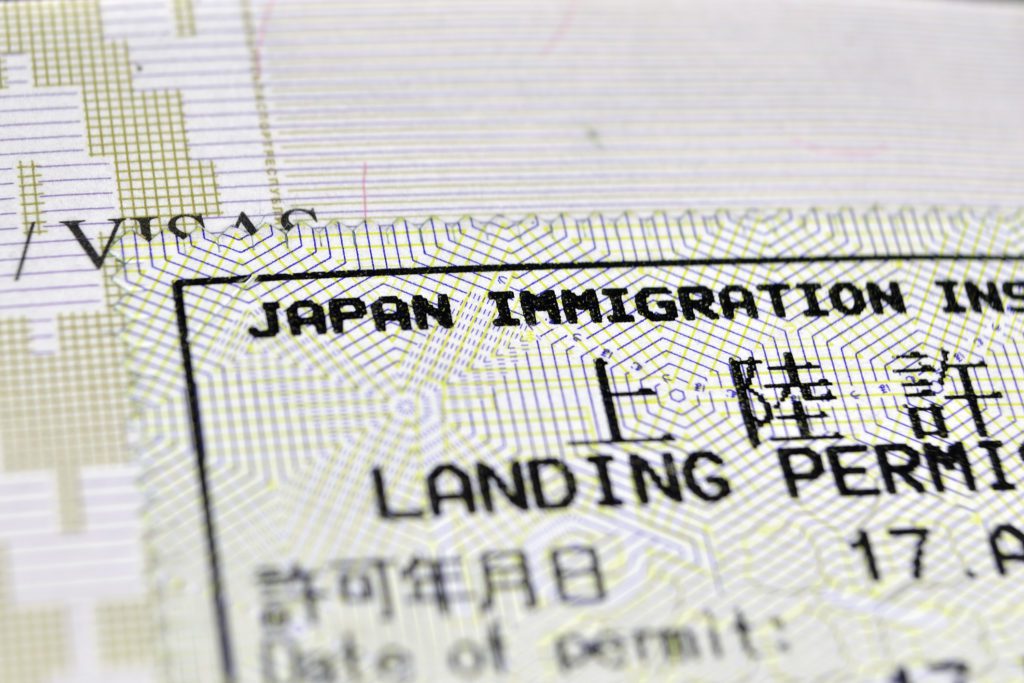
CIQ Operating Hours
- 24/7 CIQ available at:
- Osaka (RJBB)
- Tokyo Haneda (RJTT)
- Nagoya Chubu Centair (RJGG)
- 24/7 with prior arrangement:
- Sapporo (RJCC)
- Naha (ROAH)
- Kitakyushu (RJFR)
CIQ Clearance Procedures
- Most airports: Clearance in main terminal with commercial passengers (10-120 minutes)
- Special arrangements:
- Nagoya (RJNA): GAT clearance, 2-3 minutes per person (advance arrangement required)
- Kobe (RJBE): Advance CIQ arrangement mandatory
- Crew: Access to dedicated clearance lanes at all airports
Immigration Requirements
- Passengers: Must obtain visas in advance
- Crew:
- No visa required
- Shore Pass eligibility: Valid crew ID, passport, listed on general declaration
- Single Port Pass: 8 days maximum
- Multi-Port Pass: 16 days maximum
GAT Facility Charges
Airport charges (USD/JPY exchange rate: 1 USD = 148 JPY):
- Tokyo/Haneda (RJTT): $2,200 (¥330,000)
- Tokyo/Narita (RJAA): $1,900 (¥275,000)
- Osaka/Kansai (RJBB): $1,500 (¥220,000)
- Nagoya/Chubu (RJGG): $1,100 (¥165,000)
- Fukuoka (RJFK): $1,500 (¥220,000)
- Sapporo/Chitose (RJCC):
- Peak season: $4,460 (¥660,000)
- Off-peak season: $3,400 (¥500,000)
- Note: Prices vary by aircraft and passenger count
- Toyama (RJNT):
- Arrival: $1,120 (¥165,000)
- Departure: $1,190 (¥176,000)
- Okinawa/Naha (ROAH): $1,800 (¥266,200)
Documentation
You’ll need to present a gen dec and complete passenger manifest for inbound GA clearance. You’ll also present your immigration form (embarkation and disembarkation cards) and customs declaration form. These cards can be filled out by your handler, in advance, except for the signature. Advanced Passenger Information System (APIS) data – including all names, nationalities, genders, date of birth, and passport numbers – should be transmitted to your ground handler in advance to avoid clearance delays on arrival. The ground handler will have APIS transmitted prior to the aircraft’s arrival. Passports must be valid for the entire length of stay in Japan. Note that passenger visas (when required) cannot be obtained on arrival. Crew, on the other hand, never require visas regardless of nationality. Crew members listed on the gen dec are issued Shore Passes upon passport and crew ID presentation.
Agricultural Considerations
It’s generally prohibited to bring catering leftovers or non-perishable foods into Japan. But, there’s latitude in these regulations, and some exceptions may be possible. If you have specific needs and/or wish to offload catering and have it stored at the airport for your next flight leg, check with your ground handler in advance.
Some airports accept online entry applications. Please contact the link https://vjw-lp.digital.go.jp/en/ and input data prior to arrival. However, this online application may not be accepted by GATs.
Pets
Domestic pets may be temporarily imported to Japan but only at certain airports. For example, a dog or cat may be imported via Sapporo (RJCC), Narita (RJAA), Haneda RJTT, Nagoya (RJGG), Osaka (RJBB), and possibly in AOE airports other than those above, but this must be checked and arranged in advance.
Documentation requirements include:
- application for import inspection
- power of attorney (if a customs broker is used)
- results of rabies antibody test
- health certificates issued by a government agency of the exporting company
- any other documents that Animal Quarantine Service may require
If all requirements are not met, the animal will be placed in quarantine for up to 180 days. If no problems are found in terms of health conditions, and assuming the animal survives the quarantine process, the dog or cat will be granted importation. For more information, see the following links on the Japanese Animal Quarantine Service:
- http://www.maff.go.jp/aqs/english/animal/dog/import-free.html
- http://www.mhlw.go.jp/english/topics/importanimal/index.html
Weapons
Bringing firearms into Japan is prohibited. Any onboard guns or weapons must be notified to police and customs prior to arrival in Japan. In no event may weapons be removed from the aircraft while it’s in Japan. Upon arrival, police and customs inspectors will come onboard to verify the weapons and place a seal on where they’re stored in the cabin. This seal will be inspected and removed pre-departure. If this seal has been tampered with, or police/customs feel there’s anything suspicious, departure will be held.
Flight Planning
Flight planning procedure for GA operations in Japan is overall in accordance with the ICAO provision, but each airport has some specific local procedures and operating restrictions. It is recommended to review the requirements with your 3rd-party provider and/or ground handling agency prior to the day of operation in order to avoid potential operational issues on arrival/departure. Your ground handling agency will gather all flight-related documents and weather briefs and consolidate this in one packet on the day of operation. If a request is made in advance, your ground handler will provide weather advisories during your stay and contact the crew if significant weather, such as a typhoon, is predicted to impact the airport area. Flight plans may be filed either via the ground handling agency or directly via AFTN.
Common errors surface from time to time when operating in Japan. Some of these errors include filing flight plan times that differ from your approved airport slot times and providing an incorrect aeronautical fixed telecommunication network (AFTN) address for the ICAO flight plan. Being the busiest airport in Japan, the aeronautical authority of RJTT is particularly concerned about operational punctuality. If the actual ETA or EOBT differs significantly (more than 30 min) from the approved airport slot time, try to notify the authority (via the grand handling agency) well in advance. Some Japanese air traffic controllers have difficulty communicating non-routine ATC communication in English, so please speak slowly and clearly over the radio.
Departure
It is recommended that flight plans be filed at least two hours prior to the estimated departure time (EOBT) and contact ATC early (20-30 min before EOBT) to make sure the plan is ready. It is essential to file EOBT in accordance with the approved airport slot time rather than the requested schedule. JCAB has not publicized a slot allowance time. TSAT (Target Start-up Approval Time) procedure is implemented at Haneda (and Narita in future). TSAT = EOBT in case of GA. At Haneda, the engine start prior to TSAT is restrictive, and sometimes aircraft is instructed to wait for the start until TSAT. The delay of engine start-up to 30 min after TSAT should be no problem.
Arrival
At Haneda, simultaneous parallel approaches are often implemented (Rwys 34L/34R, 22/23 or 16L/16R) and any overshoot or deviation of the final approach course is significant safety hazard. Approaches are particularly tricky when the south wind prevails, i.e., expect simultaneous LDA approaches to Rwy22/23 (except 0600Z-0900Z) and simultaneous RNAV or ILS approaches over downtown Tokyo to Rwy16L/16R (0600Z-0900Z).
Enroute
Japanese airspace is structured based on RNAV/RNP, and non-equipped aircraft may need to make a detour. TCAS and RVSM are mandated. ADS-B is not currently mandated in Japan.
Peak Season
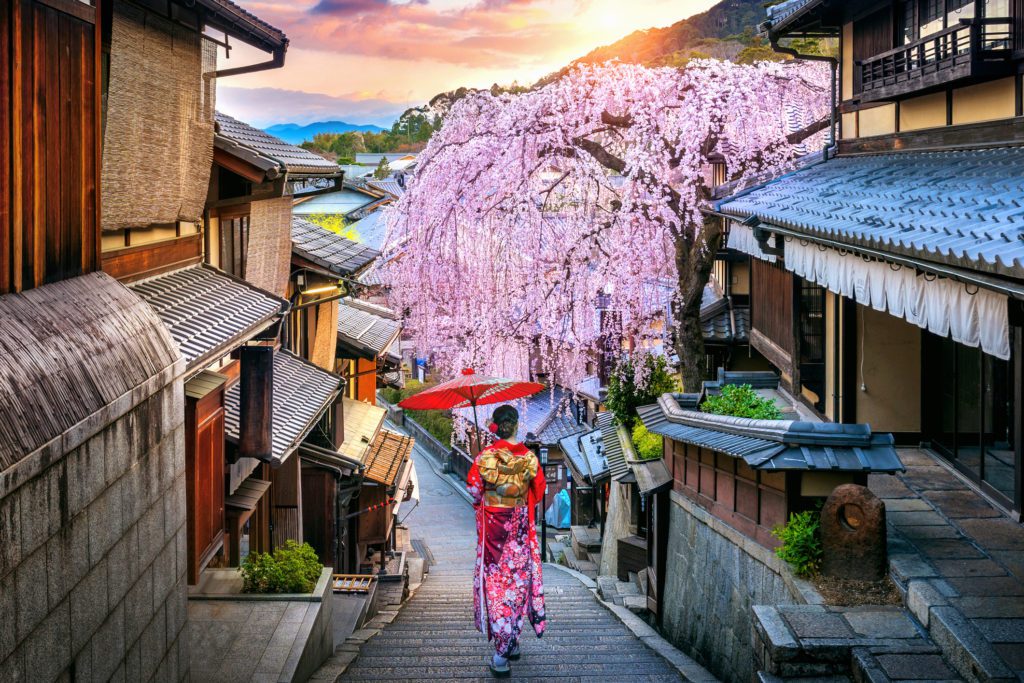
Be mindful that hotels throughout much of Japan tend to sell out during specific tourism periods of the year. These include Golden Week (late April), cherry blossom blooming season (late March), summer holidays (August), and autumn (late October into November). During these peak periods, operators and ground handlers may need to become creative in sourcing crew accommodations. In some cases, it may be necessary to drive some two hours out of town to obtain adequate crew accommodations. Or, depending upon the crew, they may be willing to consider capsule or love hotel options within the cities.
Tech Stops
Be mindful that hotels throughout much of Japan tend to sell out during specific tourism periods of the year. These include New Year holidays (end of December till early January), Golden Week (late April), cherry blossom blooming season (late March), summer holidays (August), autumn (late October into November), and Christmas season (late December). During these peak periods, operators and ground handlers may need to become creative in sourcing crew accommodations. In some cases, it may be necessary to drive some two hours out of town to obtain adequate crew accommodations. Or, depending upon the crew, they may be willing to consider capsule or love hotel options within the cities.
Fueling With Passengers Onboard
Universal Aviation Japan reports that multiple fuel suppliers at Haneda Airport (RJTT) in Tokyo have started refusing to refuel aircraft with passengers onboard. This new practice is due to safety concerns outlined in the local suppliers’ agreements, which prohibit refueling with passengers (POB) onboard.
This is now standard at all Japanese airports.
Hotels
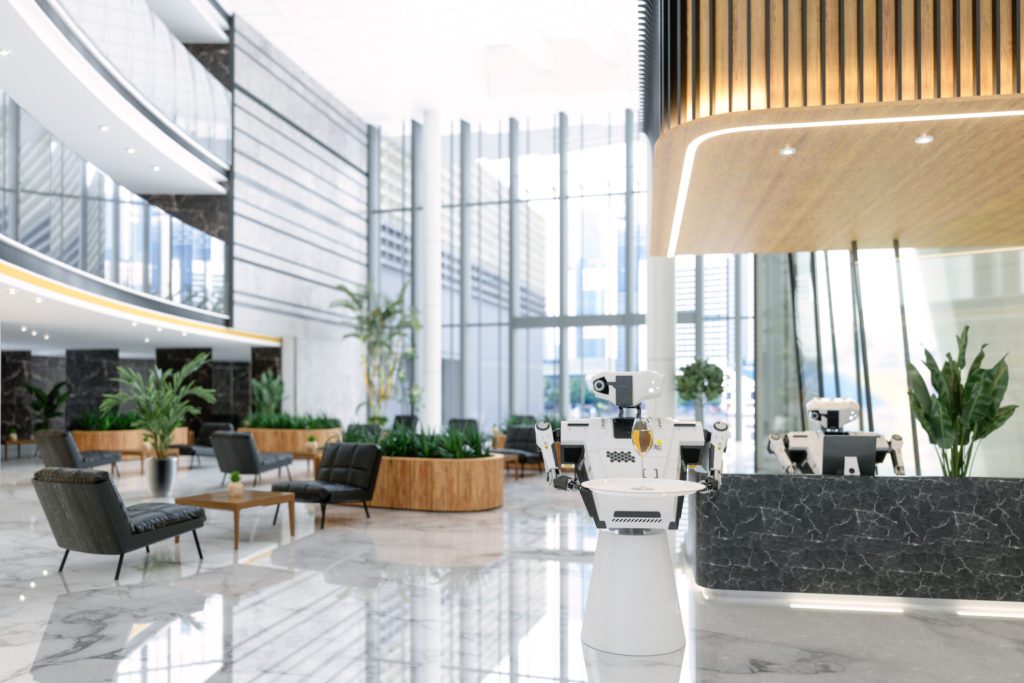
Tokyo and Osaka have plenty of 4- and 5-star hotel options, including airport area hotels. Prices for 4-star crew accommodations run about 250 USD/night at these locations and sell out at times. In smaller Japanese cities, you may not find major international hotel chains and could be dealing with 3- and 2-star properties. At some smaller locations, such as RJCC, you may only find availability of 3-star crew accommodations for crew rest within 10 or 15 minutes of the airport. Note that hotel demand throughout Japan can run very high during cherry blossom viewing season, March through April, and during the winter season on Hokkaido Island.
Weather considerations

Typhoon season generally runs June through July in the south of Japan and September through October in the north. During major typhoon events, airports may close down operations for up to a full day. Fog can be an issue at RJAA, particularly during mornings, but does not generally impact other airports. At times, runways at RJAA may close for up to an hour or two due to severe fog. Thunderstorm activity and heavy rains also disrupt airport ops across Japan from time to time.
Cost considerations
Japan is an expensive GA operating environment, and some airports tend to be more expensive than others. Parking charges also vary by location. For example, some airports charge parking fees for tech stops, and others do not. Be mindful that VIP customs, immigration, and quarantine (CIQ) clearance at Haneda (RJTT) runs about $2,200 (Settled by JPY 330,000 ) ($1:JPY148) per use (including taxes) or about $4,400 (Settled by JPY 660,000 ) ($1:JPY148) total for one arrival and departure. And this only covers passengers, as the crew must always clear via the main terminal at RJTT.
Security considerations
Airports in Japan are highly secure, with adequate fencing, access controls, CCTV surveillance, and 24-hour patrols. Therefore, aircraft guards are not usually recommended or required at major airports. However, operators can hire aircraft guards, but these will be unarmed guards.
Universal Aviation Japan can help
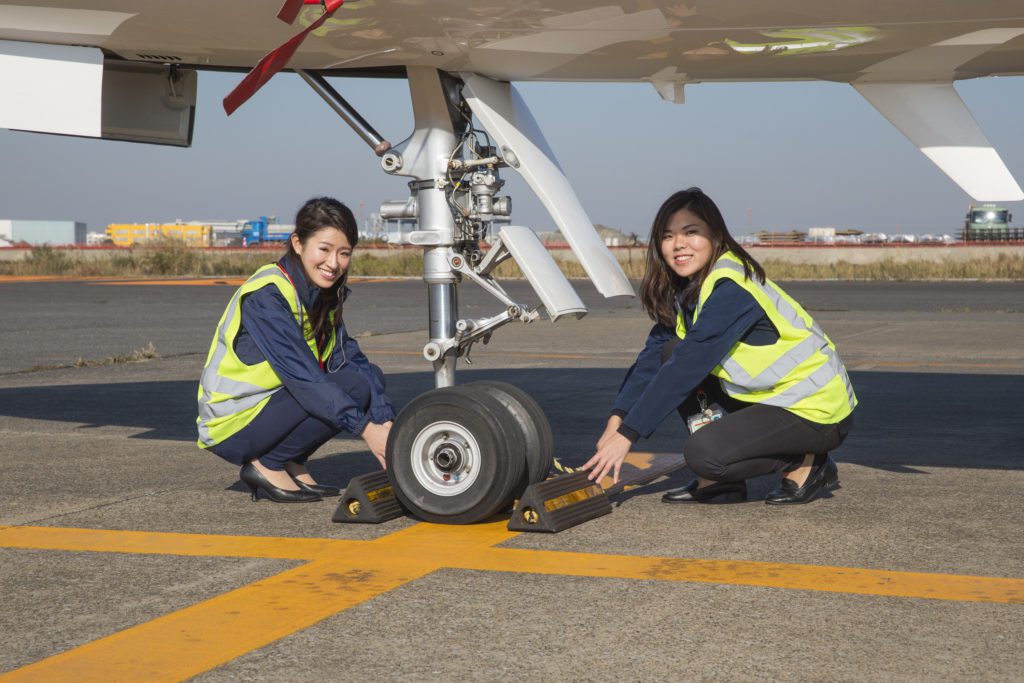
With locations in Tokyo Haneda (RJTT) and Narita (RJAA), Osaka(RJBB), Hokkaido (RJCC), Nagoya (RJGG), Universal Aviation provides on-airport supervision at destinations across Japan.
More information and team contact info are available on our website.




